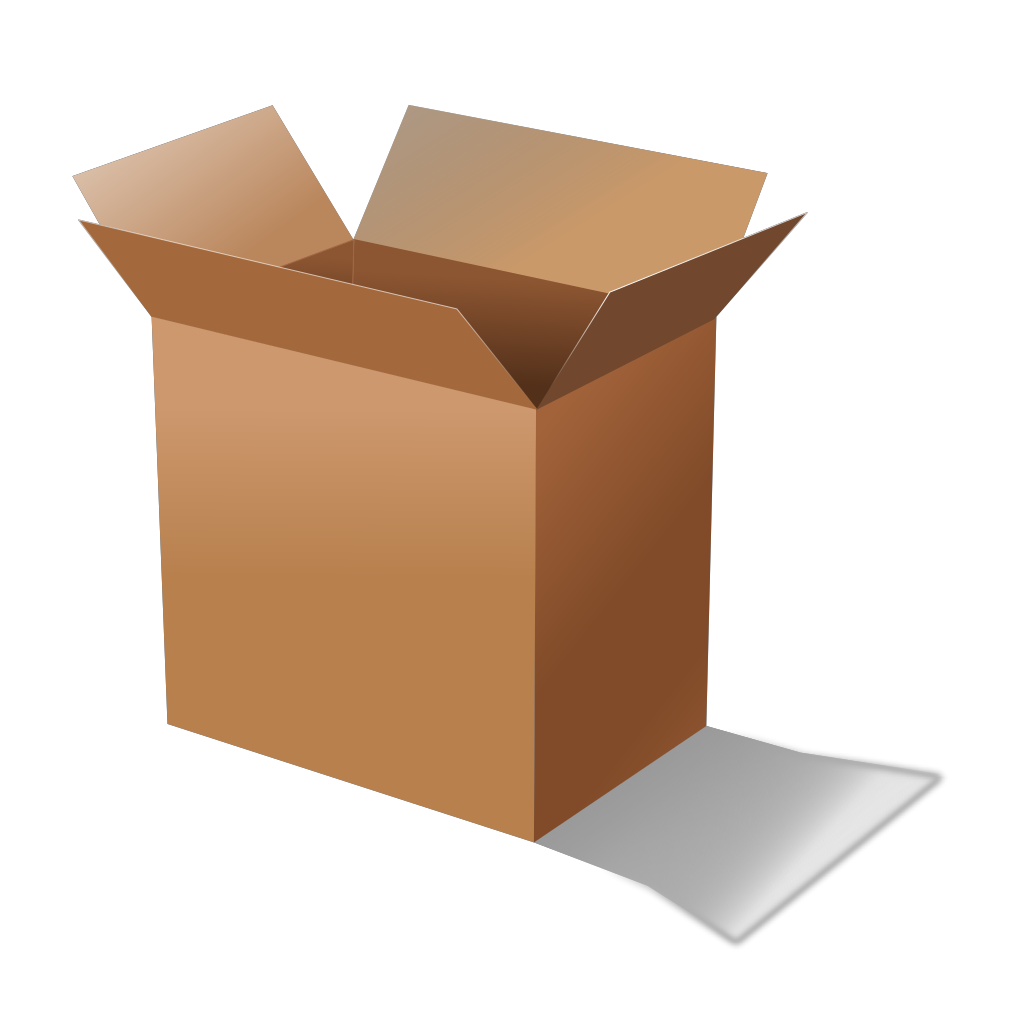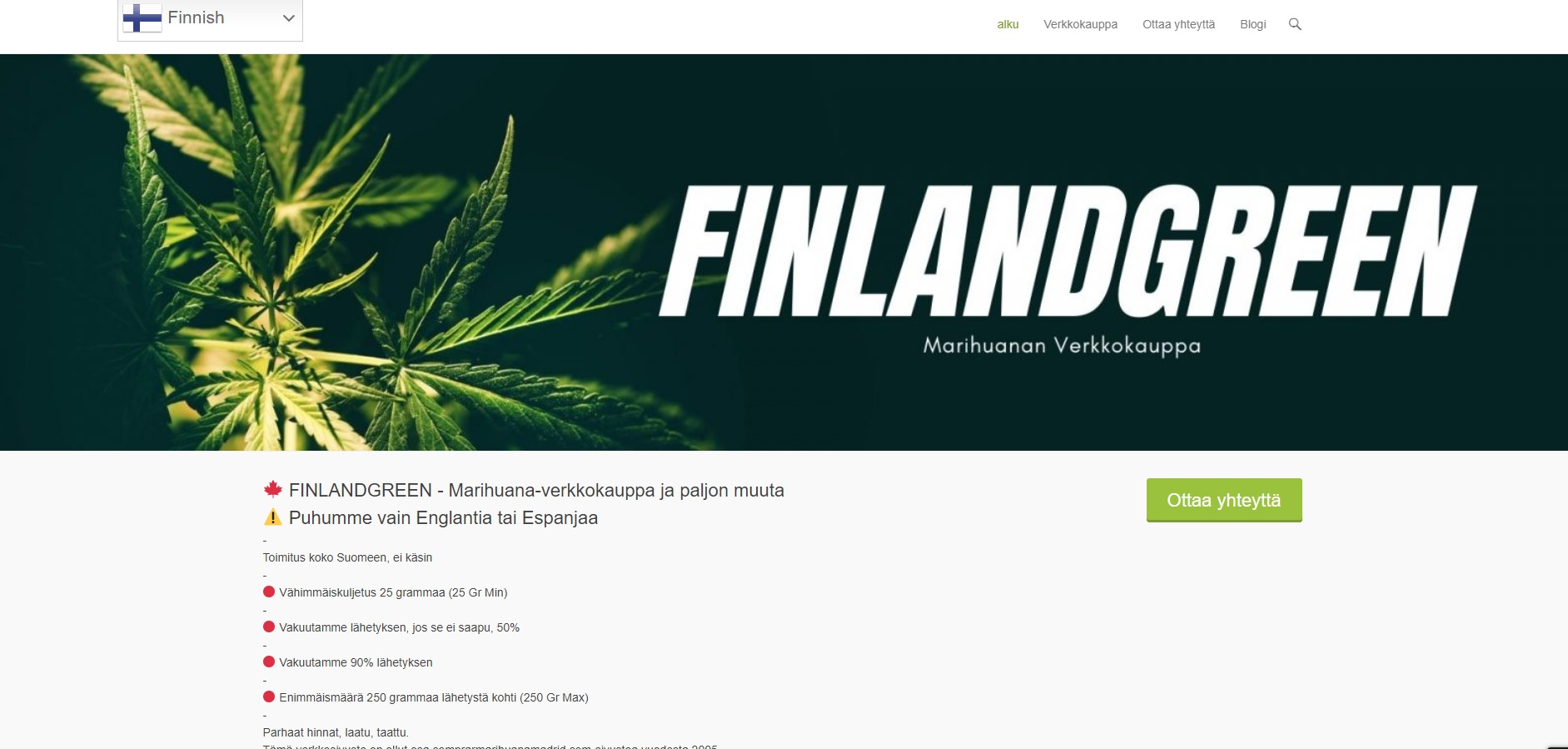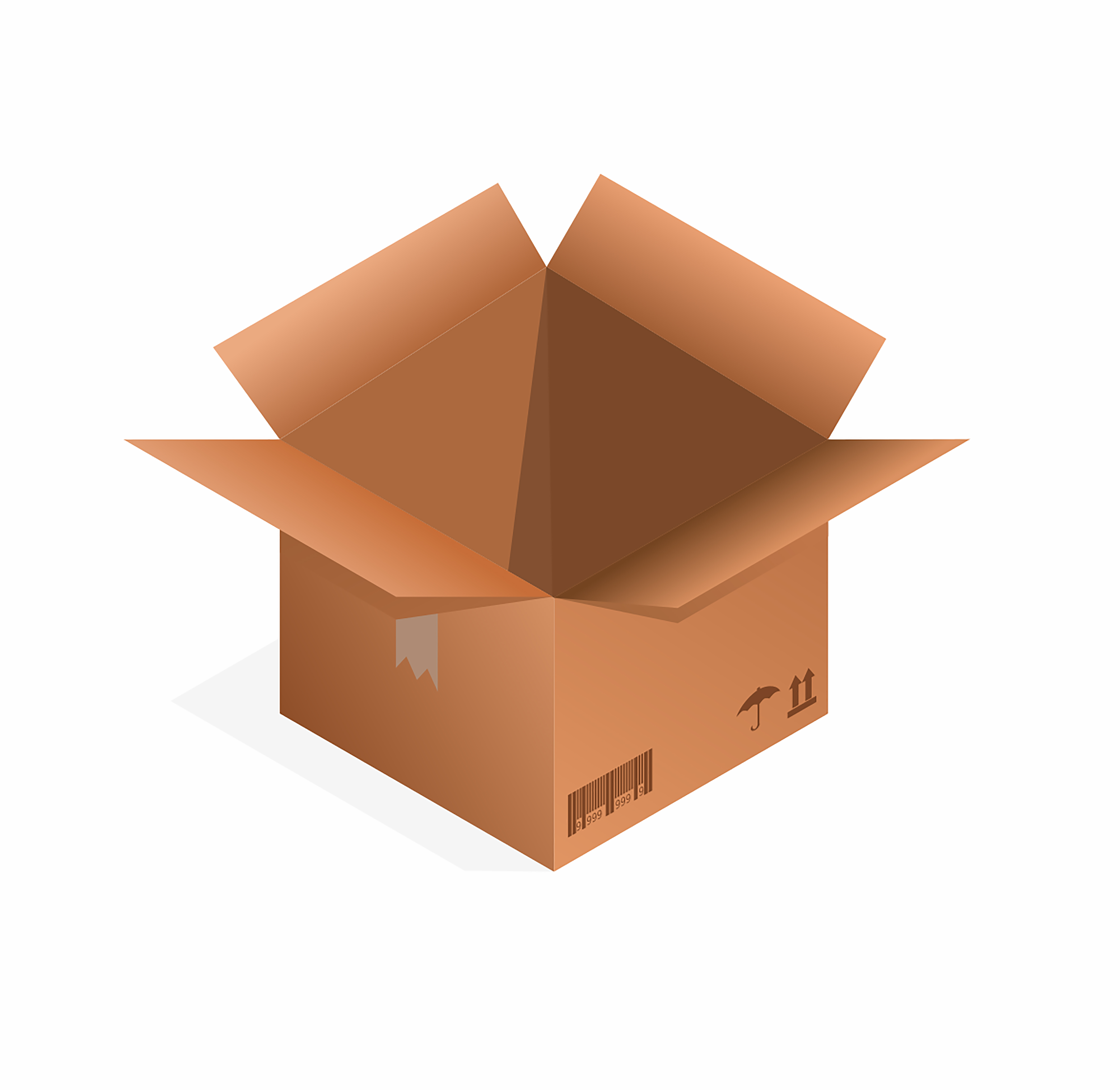

Design Hacks, my newsletter where I send original design tips and tactics to 50,000+ of my closest friends.Īnd, as always, send me feedback and feature requests.Create multi-color, single-hue and divergent color schemes for your data visualizations. My take on why color theory sucks, and what art school should be teaching instead. Color in UI Design: A Practical Framework.Note: if you have other background properties set for the element in question, you can change the property from background to background-image 👍 More on Colorįor more color tools and articles on using color in UI design, check out: Simply press "Copy CSS" and add the code to the element you need it. It's dead simple to get the gradient CSS for any of the 3 types of gradients. Gradient CSS (for linear, radial, and conic gradients)

But presuming you're set in your ways, just grab the. Simple – just press “Export SVG” and drag the file directly into your design app.īut what if you’re designing in-browser? First of all, stop. Need to use one of these gradients in your design app – e.g. (Also: I’m often asked about the difference between HSB and HSL) Also, notice the pink “band” in the HSL gradient above – that’s essentially a little spike in brightness caused by artifacts of using a non-perceptual color system. Nonethless, sometimes it’s worth seeing both.
HSL (hue-saturation-lightness): HSB and HSL will often be very similar, particularly in bright gradients. HSB is a fantastic color system for designers, and I’ve written a comprehensive guide to HSB. In particular, if your HCL gradient has an ugly brown-yellow in it, try checking out the HSB version. HSB (hue-saturation-brightness): While not perceptually uniform, sometimes HSB will offer a more interesting (and vivid) take on a gradient between two stops. (Note: the perceptually uniform nature of HCL also makes it great for data visualization color palettes) If you were to view the gradient in grayscale, you’d see only a smooth transition from a lighter to a darker gray – preventing the awful “banding” that you’ll see in some hand-picked gradients. HCL (hue-chroma-luminance): The default choice of this tool, HCL is an amazing color system that not only creates beautiful, rich gradients across a wide range of hues, but does so in a perceptually smooth way. Design apps, online gradient tools, and even CSS all fail in this regard – so I made this tool! Color Gradients in HCL, HSB, and HSLĬurrently, you can create gradients in 3 different color systems in this tool, which yield slightly different results. This avoids the line of gray that goes through the center of every color space. Or, to be more accurate/geeky: we interpolate the gradient in a hue-based color system, such as HCL, HSB, or HCL (not RGB) 🤓. Put simply: to get a gradient that avoids the dreaded gray dead zone ☠️, you don’t draw a straight line from A to B, you draw a biiiig curve. Why is this worth a ridiculously ominous emoji? Because it means your gradients look like this: Color geeks: this is a slight approximation, since we’re squishing a cross-section of a cube into a circle. When you try to create gradients across a wide range of hues, you often will see a gray dead zone ☠️™ in the middle of your gradient. This package is officially published, maintained and supported by Boxy SVG developer.Why this gradient generator is better than others Clean SVG output that preserves IDs, classes, titles and other metadata SVG and CSS code inspector similar to Chrome Dev Tools Arrangement operations (align to, rotate, flip, order, group, etc.) Path operations (unite, intersect, subtract, exclude, close, reverse, etc.) Configurable keyboard shortcuts for over 100 commands Google Fonts integration with hundreds of free fonts 
Integration with Pixabay and other libraries with millions of free stock photos and vector assets Save to SVG and SVGZ formats, export to PNG, JPG, WebP, PDF and HTML5 Extensive support for on-canvas editing of object geometry, transform, paint and other properties Values of width and height: With the width and. We set the width and height for SVG and viewBox equal (i.e 200) so we are getting both the circles of the same size. The output for both of the above SVG elements are same. Clean and intuitive UI heavily inspired by Inkscape, Sketch and Adobe Illustrator Here, the square box shows the border for the SVG and with viewBox attribute we can set the scale and pan for the vector. For beginners as well as for professional web designers and web developers. Boxy SVG project goal is to create the best tool for editing SVG files.







 0 kommentar(er)
0 kommentar(er)
